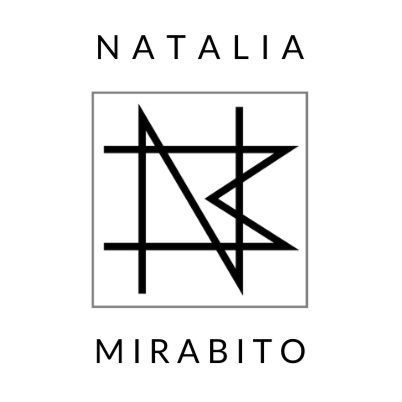How to Sell Your Art with Confidence
The art of the deal: a professional artist’s guide to profitability.
As an artist, you know when a potential customer is admiring your work. But perhaps you hesitate when it’s time to talk shop and you hear “how much is this painting?”
You can make this question work to your advantage and seal the deal.
The secret?
Be prepared for the conversation, and you’ll be in control
Be able to anticipate different outcomes so you always get a “yes”
Be confident in your pricing structure
How can you be more confident in your pricing? Know why you charge what you charge. When you put thought into your prices and know that you're making a fair profit, you'll have the assurance and confidence to stick to your guns and price confidently.
If you are not at least a tiny bit uncomfortable with your price, than you are likely undercharging.
This goes for your original work, prints, products, commissions, and everything else. It may be tempting to slap a price on your work just because it sounds good or to compete with another artist. This is the biggest mistake an artist can make.
About 70% of the artists I have worked with over the years are undercharging and do not have a profitable, methodical price plan in place. Not sure how to price your work? Be sure to read how How to Price Giclée Prints to learn how to accurately price your work down to the penny.
The Best Advice: Be Quiet
When someone asks the price of your work, say the price and then…
Be quiet.
Let them think.
Watch their body language.
Let them speak first.
Art buying is purely emotional — this initial emotional reaction is the best time to get them to say ‘yes.’ Do not keep talking or down-sell them to something else by leading them away to what you think is affordable, like prints or smaller works. When you do this, you are subconsciously talking yourself out of the sale. Perhaps you are subconsciously assuming they will not, or cannot, afford your work. That is not up to you to decide. Simply wait, and let them be the first to speak or react.
Never assume. If they say they are thinking about it, ask when would be good to follow up and if there’s anything you can do for them to help make the decision easier today. If they truly do want the artwork and say need to think about it, this likely has nothing to do with you. Maybe they need to measure their wall, consult with their partner, wait for the next paycheck, or decide what size they want, or just bought an expensive painting yesterday and want a bit of space in between purchases. Ask when to follow up and be sure to get their first and last name, email and phone. Trade business cards and follow up 1-2 days later. Life gets busy — they will appreciate that you remembered them.
The art of the deal — genuine conversation gets you closer to a yes. Ask interesting questions that lead to personal, relatable conversation. A genuine conversation and emotional connection can lead the potential customer to talk themselves into buying the work when you engage them to imagine the artwork in their lives and articulate why they are drawn to it. If you want to read more on these types of psychology factors, I highly recommend “How to Win Friends and Influence People” by the legendary Dale Carnegie.
Here’s a few questions you can ask to spur genuine conversation. Get them to talk more than you, and let them get lost in the artwork and what it means to them.
”What make you notice this piece?”
”Does it remind you of something/someplace/someone”
”Where would it look best in your home?”
”Is this color/subject what caught your eye?”
If someone tells you your price is too high, never talk down your price. It may feel high to them because they aren't familiar with what goes into your process or new to collecting artwork entirely.
Don't be dissapointed or give up. Take this as a unique opportunity to share more details of your process, materials and the careful steps and time you take to make the magic happen. A customer could buy cheaper or non-archival prints that fade and yellow, or, they could buy a museum-quality print that is double—even triple the cost, and have it last beyond their lifetime. The same goes for your original artwork that you invest archival pigments, processes and preservation into your craft.
When you can confidently provide context to your pricing, you can be sure your potential customer now understands what your work entails, how it is different from other artists, and what they are investing in.
If the potential customer still is not on board with your pricing do not give up. This is where it is helpful to have a third option: a low-cost product or item such as notecards, coasters, or calendars, in the $20-$40 price range. It's ok if someone has a lower budget or they may not even have space for artwork. But many are happy to bring your work home in a new, usable format.
It's your job as an artist to guide the potential customer in what you have available and how they can bring a part of your artwork home – don't miss out on the opportunity for an easy 'yes' product!
Remember, even the little things add up. Especially around the holidays, these small products add up quick to hundreds of dollars. Last year, my $40 coasters equated to hundreds of dollars and dozens of new customers because the coasters were beautiful, functionable, and an easy ‘yes’ for an accessible price point.
In summary, there are many ways to accommodate different price points, so be sure to experiment and have different price points for maximum profitability in your art business.

